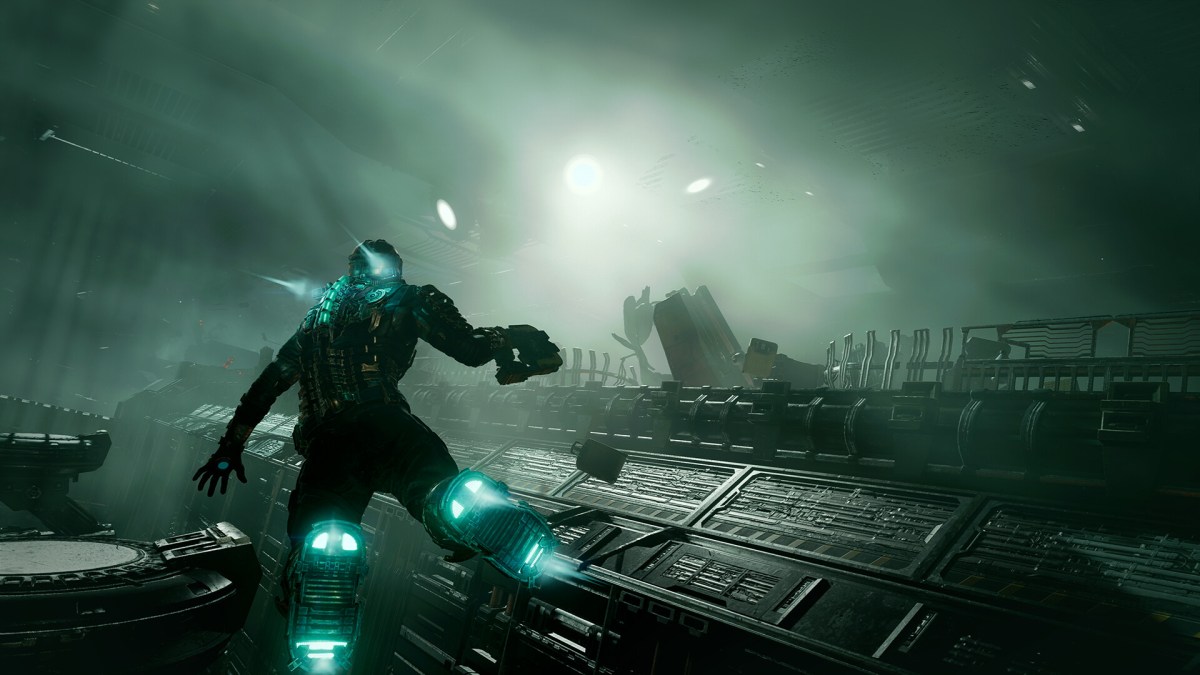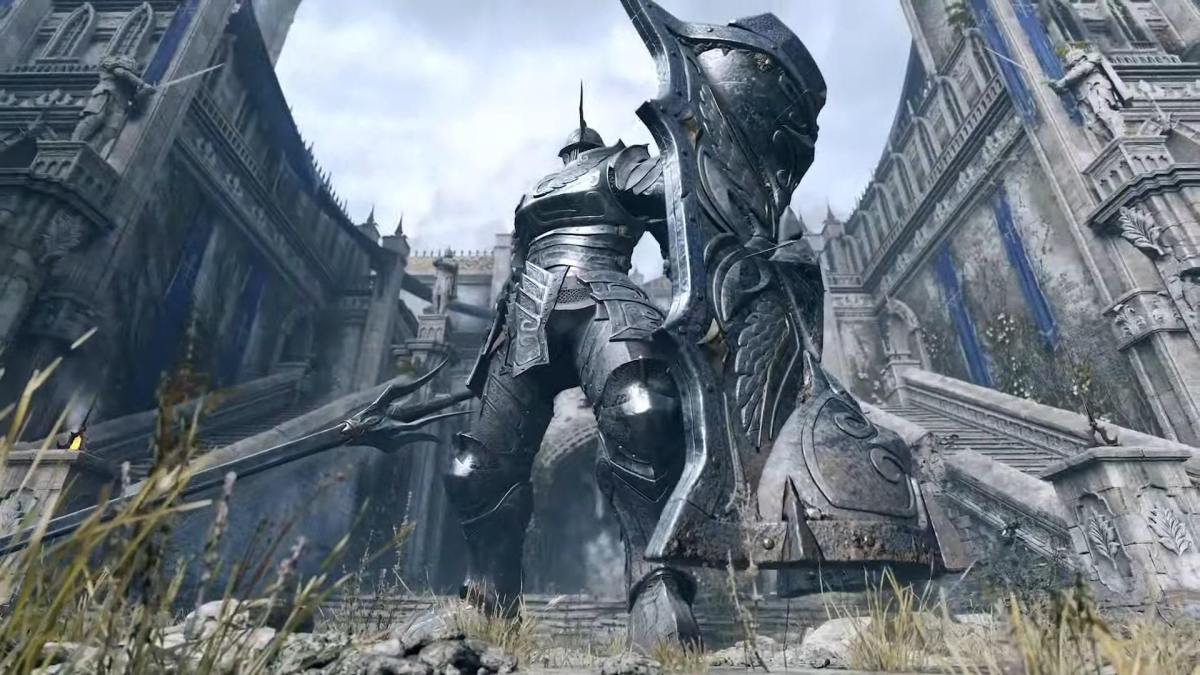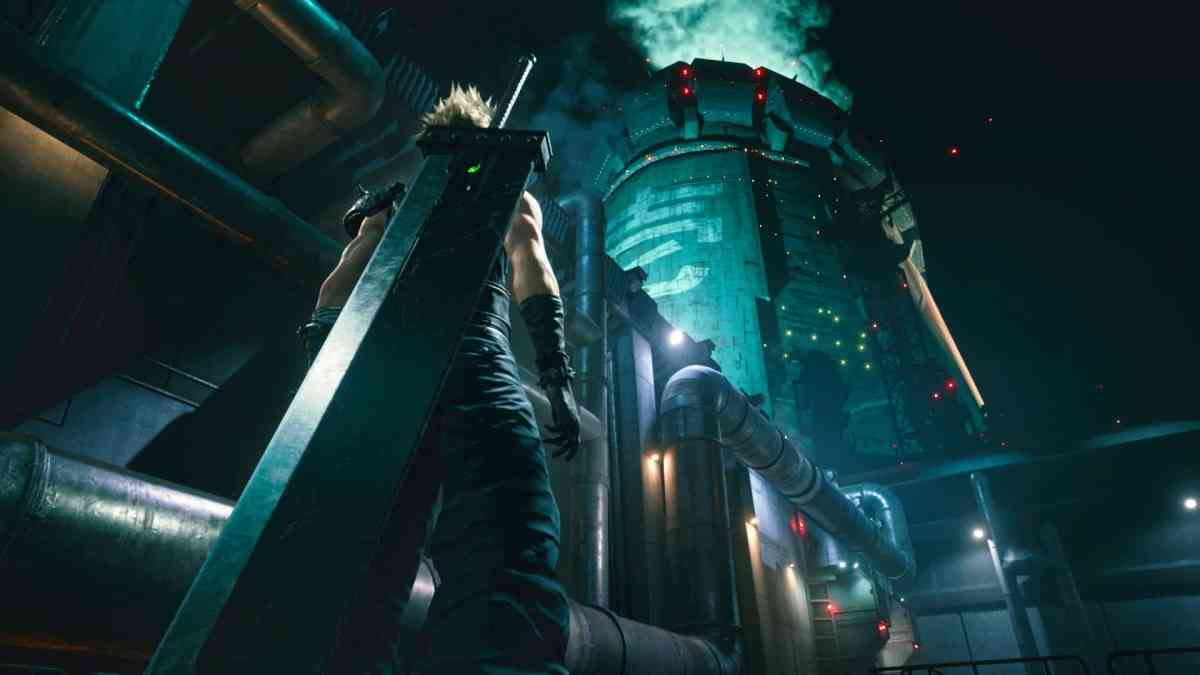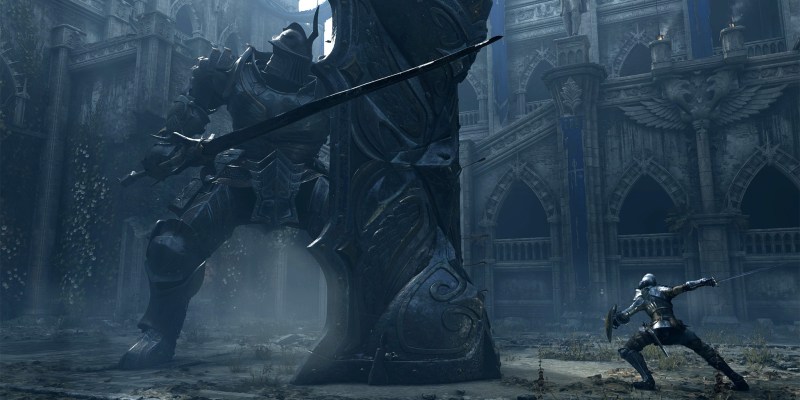Gaming is in a divided state right now. On the one side, titles like Elden Ring, Metal: Hellsinger, and Hades are massively successful and high-quality new properties with huge followings. On the other is a concerted effort by major video game studios to remake — not just remaster — classic titles for a new audience with vastly increased expectations.
The crop of remakes, once a relatively infrequent harvest, now grows nearly out of control. In the last few years alone, both Resident Evil 2 and 3, Demon’s Souls, Final Fantasy VII, Pokémon Diamond and Pearl, and dozens of others have made their way back into the market. And the list has only grown more recently: Resident Evil 4, the original System Shock, Front Mission 2 and 3, and Star Wars: Knights of the Old Republic, to name just some.
Only some will hit the mark or learn the right lessons, too. For all of the Resident Evil 2 remake’s successes, RE3 was a shorter, clunkier follow-up that rode its predecessor’s coattails rather than blazing its own trail, all while squandering its main antagonist. Rather than improving on the original in any meaningful way, the changes Capcom made turned survival horror into action horror.
When a video game remake works, though, it works. Dead Space (2023) is one of the most recent examples. It doesn’t make every fan happy but improves almost every aspect of the original. Then there’s Final Fantasy VII Remake, which courted disaster by using the classic title as an in-universe plot point and meta-commentary on the politics of video game remakes.
The new Dead Space, for instance, uses the original title as a skeleton and dives deeper into unexplored narrative and gameplay territory to bring the game forward mechanically and with the benefit of the trilogy to fill out the lore. The developers at Motive also took the time to make the USG Ishimura traversable without the use of the tram, weaving a consistent, interconnected hellscape for players to discover.

Other updates — like rebalancing weapons, updating progression and unlocks, and, most importantly, giving Isaac a voice — opened up opportunities to explore the Dead Space universe in ways the original team couldn’t. The remake also rewrites entire storylines and character personalities, not just because Isaac’s new voice called for it, but because they needed to appeal to a new generation of players.
For as many people played Dead Space in 2008, the medium has much more reach in 2023, and expectations are much higher. A shot-for-shot rehash of the original would have fallen flat thanks to some clunky design choices, awkward storytelling, and dated mechanics.
The flip side of that argument is Demon’s Souls (2020) by Bluepoint Games. It is a nearly identical remake, with many of the warts and oddities of the 2009 original left intact. One argument might be that Demon’s Souls didn’t need gameplay or narrative updates, as it continues to stand on its own despite the years. On the other hand, FromSoftware’s first ever Souls title was such a different and unique beast, and the Soulslike genre is relatively specific in its execution, that changing too much would only hurt the title.
Which, oddly, is exactly what happened in the lead-up to release. During the initial gameplay reveal, Bluepoint showed off a new design for the Flamelurker boss, one of the most recognizable enemies in the entire game. The problem? This new design was, to the community, what they all feared. Flamelurker was now a generic rock demon with fire powers rather than a melty-faced, cage-teeth, weird-looking monstrosity. It wasn’t Demon’s Souls enough. It lacked the game’s trademark strangeness.

Bluepoint had to do damage control in the immediate aftermath and went so far as to remake the new model to much more closely match the 2009 game. Bluepoint’s changes to the UI, music, and art style also chafed at veterans of the Souls franchise. However, despite all these grumbles, the PlayStation 5 version of Demon’s Souls remains the definitive version of a modern classic because it stayed true to the original in every way that mattered. It just so happened that, in this case, everything mattered.
Any studio thinking about remaking a classic title has a long history to learn from, but few moments more significant than when Game Freak rebuilt Pokémon Gold and Silver into HeartGold and SoulSilver. The former titles were widely considered the greatest entries in the entire franchise, and their remakes improved on them in every way.
There were more Pokémon, more moves, more story, more ways to engage with the endgame, updated quests, and more. To make things more challenging, Pokémon had become much more mechanically complicated in the 10 years between the originals and the remakes. Rather than balk at the idea of updating its most beloved titles, Game Freak jumped in head first. It left the core of the games unchanged: take on Gyms, fight Team Rocket, become Champion, and redeem your rival. Then it added many quality-of-life updates introduced in previous titles or carried over from the original game, in addition to making changes to tried and tested post-game activities.
In other words, Game Freak lived by the credo of, “If it’s not broken, don’t fix it.” And it didn’t break anything, instead building on a solid foundation. On the other hand, the team at Square Enix took Final Fantasy VII, one of the most beloved games in our medium, and not only threw out many of the aspects players loved but used those same expectations as a means to try to push their designs forward.

Final Fantasy VII Remake was billed as a return to form for Square and would introduce a new generation to one of the most important games ever made. Then we got our hands on it, and despite the upgrades to the music, the quality combat, and fantastic voice acting, the game didn’t feel like Final Fantasy VII to everyone who played it. Still, many are interested in seeing what the developers do with the story.
So what makes a great video game remake? It depends on what people expect, and I don’t know that there’s a single formula for success. There’s no way to please everyone, but many of the games discussed here understood that they needed to keep at least the bones of the original intact.
I think, too, that the best video game remakes do a lot of research into what made the first title great and have a little fun riffing on those earlier successes. Developers must also account for many of the design advances made between original and remake. Sometimes a clunky mechanic works regardless of timeframe. Other times tightening things up and modernizing specific sections is important. It’s a fine line to walk and not one walked lightly.
There’s no way to build a perfect remake, nor is it possible to satisfy every fan. But those studios that succeed — Motive with Dead Space, Capcom with Resident Evil, Game Freak with Heartgold and SoulSilver — show us that, with the right combination of nostalgia, novelty, and understanding of a game’s core qualities, a remake doesn’t just bring a new game into a new generation. It can elevate it far beyond what the original brought.*
*Except for Bloodborne. Update it to 60 FPS and leave everything else alone.
